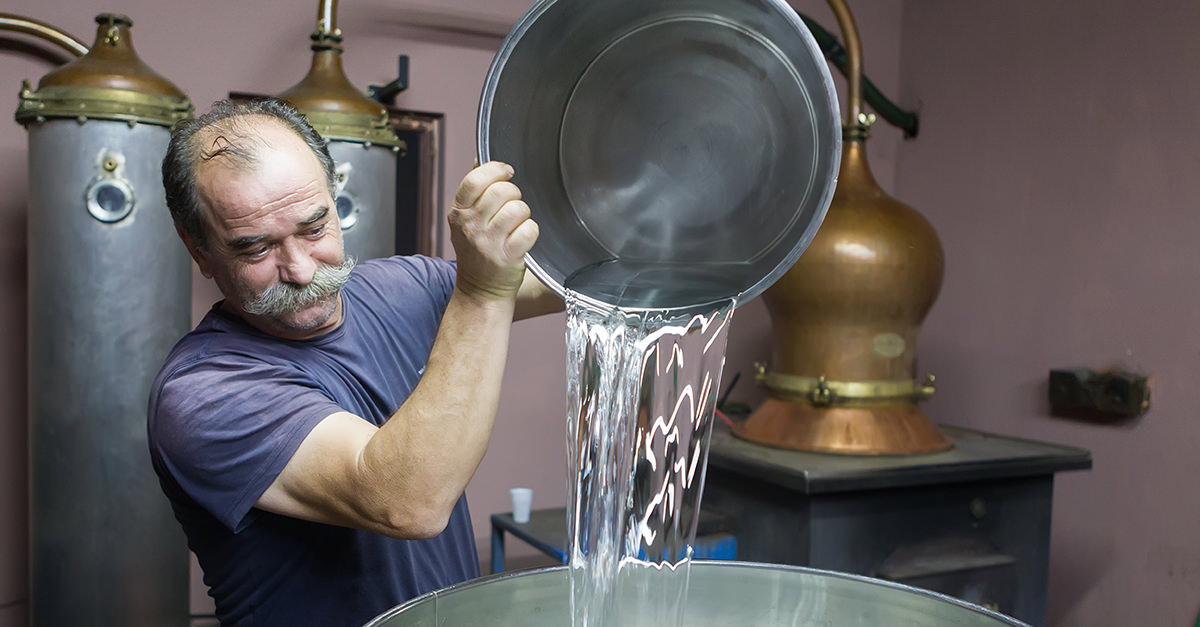Even if you’re not much of a spirits drinker, you probably know brands like Absolut Vodka, Patron Tequila, Captain Morgan Rum, and Maker’s Mark Bourbon. Those are the big guys, products of large-format distilleries that for a long time defined a bulk of the spirits market with some aggressive (and pretty clever) ad campaigns—not to mention very consistent product. But what about all the others bottles you see nowadays, lesser-known brands with terms like “artisan” and “craft” on the (funky/retro) label?
These are the children of a slightly vague, slightly contentious, but generally beneficial movement in spirits distillation called “craft distilling.” As with craft beer spirits have enjoyed a small-format boom in the past couple decades, with new distilleries and spirits brands popping up around the country, all founded on a dream of the small batch producer making it big—but not too big…
Actually, the reality of the craft distiller isn’t very well defined. The common sense notion is that craft must mean “small” and “carefully done.” Maybe “done with love,” too? Except there are no federal definitions for craft production limits (or the amount of love that must go into each bottle). Instead, individual states might have varying production limits for a craft distillery. And while groups like the privately owned American Distilling Institute can set limits (since 2013, they define a “craft distiller” by a 52,000 case annual output max and on-site distilling and bottling), they’re a voluntary, privately-owned organization, and the certification stickers they award have enough marketing value to possibly corrupt their honor-system style of certification (you basically answer questions in a form and get your sticker).
It’s no surprise the industry is running into issues. Success breeds growth, and not always the good kind. At the 2014 meeting of the American Craft Distillers Association—another, distiller-run, trade association—concerns were brought up that too many craft distilleries were opening, with quality (and consistency) lagging behind while people rushed ahead to get in on a marketing opportunity (folks like “craft” products). Add to that the fact that many spirits and liqueurs aren’t even distilled by the producer—they’re bought in bulk and somehow altered (blended, as with whiskey, infused with botanicals, as with gin, or maybe sweetened, filtered, or flavored) before bottling. So even if there’s an old timey guy in overalls and the term “craft spirit” on the label, the liquor in the bottle may well have been distilled in a big, bad factory somewhere. Meanwhile, many big “bad” companies have recently created small batch or craft divisions that are able to produce exceptional product. Lines, like your vision after a few shots, are blurring.
Not that things will always be this confusing. Lawsuits have cropped up in objection to confusing or misleading terminology on spirits labels. And the concept of volume dictating “craft” status is changing: after all, ideally distilleries are successful beyond any limit, which is why “craft spirits” are becoming about control over the process, not the volume produced. The eventual goal is that the work of a true craft distiller—from still to barrel to federal and state certifications to bottling—will be reflected in the way spirits are sold. And everyone else, people who bottle or blend or flavor bulk spirits far from the distillery, will have to label their spirits as such. And that’s fine, because at the end of the day, unless there are some bad business practices behind it, or a legit, Gotham City-worthy evil empire behind the spirit, what matters isn’t how it was made, but whether you like the taste of what’s in the bottle.
Header image via Ververidis Vasilis / Shutterstock.com
